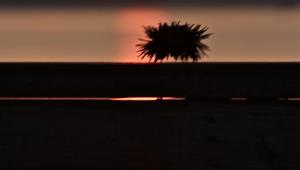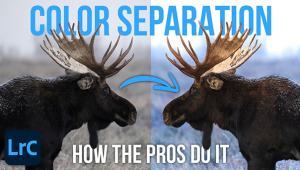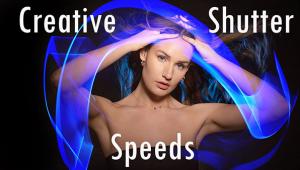Extend The Limits Of Film Scanning; LaserSoft’s SilverFast Multi-Exposure Increases Effective Dynamic Range Page 2
 |
|
|
Fluid Mounting 35mm Slide Film For Scanning
The reason for fluid mounting is that fluid causes the film and interior glass
surfaces to effectively disappear, to become transparent to light passing through;
thus, the sandwich of film between two pieces of glass behaves as if it is a
solid with only two exterior surfaces exposed to air instead of a total of six
surfaces exposed to air. Surfaces exposed to air reflect light and, if not perfectly
smooth and free of irregularities, can diffuse and misdirect the light passing
through the surface. Film and emulsion surfaces are also somewhat porous, furthering
the amount of light diffraction and diffusion. So film in fluid between glass
sheets can actually provide superior light transmission accuracy compared to
film surfaces alone exposed to air.
The physical/optical advantages of fluid mounting are well established by drum
scanning; only the physical aspect of creating an effective mounting of 35mm
film in fluid without any air bubbles remained a practical, technical challenge.
Professional drum scanning requires fluid mounting of film on the drum cylinder
with a sheet of optical plastic creating the outer surface of the sandwich.
This well established procedure has provided us with scientifically-formulated
mounting fluid that makes mounting easy and effective. The fluid recommended
is KAMI Mounting Fluid, sold and distributed by Aztek. A full description of
the Mounting Fluid as well as useful film and drum cleaning solutions is available
at: www.aztek.com/consumables.html.
This site also includes an online store for direct purchase of the needed supplies.
I would also recommend the KAMI Film Cleaner fluid. Lintless wipes that will
not scratch film are available from Aztek.com and most pro photo suppliers.
One necessary item that may prove elusive and difficult to find is 2x2"
slide cover glass. It was made by both Leitz (U.S.A.) and Kodak, but apparently
has not been manufactured for some years. However, some supplies do exist in
some corners of the photo world, as I found a box of new Leitz cover glass on
eBay offered by Zeff Photo Supply of Belmont, Massachusetts. You will also need
some film that is the thickness of 35mm slide film, but at least 2x2"
in area. Some European and Japanese 120 films were coated on a thicker stock
that I found close enough. And finally, you need tape to hold the glass/film
sandwich together; I found that plastic electrical tape, because it is rather
elastic, holds the glass tightly.
 |
|
|
The mounting technique involves first cleaning the cover glass and the film carefully and thoroughly. Then, out of the larger (120 size) film cut a square 2x2" with a window for the 35mm film frame, but with the sprocket holes on the sides trimmed off. Yes, trimming the 35mm slide film image to remove the sprocket holes is a necessity as the sprocket holes tend to trap air bubbles in the mounting fluid. Once you have all the components ready, use an eyedropper to put some KAMI Mounting Fluid on the bottom cover glass, put the film mask in place, and then, inside its frame, the trimmed slide film frame. Add more drops of KAMI Mounting Fluid on top and then put the second cover glass sheet in place. Apply gentle pressure to squeeze the glass plates together and then seal the edges with electrical tape. Finally, place the 2x2" fluid-mounted sandwich in your scanner and scan immediately (KAMI Mounting Fluid is very volatile and will evaporate rapidly).
Conclusion And Recommendation
The latest version of SilverFast (www.silverfast.com)
contains many new features that aid users in getting better image quality from
their scans. While one interesting feature of this upgrade, Multi-Exposure,
works fine with the Nikon CoolScan, you will have to use the workaround described
to avoid ghosting with some other scanners. The fluid mounting method I described
probably can be refined further, and be made advantageous for those who want
to push for the ultimate ideal in scan quality.
Fortunately, the Version 6.5 upgrade that includes Multi-Exposure can be acquired
in the SilverFast SE Plus version for as little as $35 for anyone with a licensed
copy of SilverFast SE, and somewhat more for users of SilverFast Ai. Pricing
does vary relative to the brand and model scanner so visit the SilverFast website
for the specifics. If you are just curious if what I have described will work
for you, and to check on results with your scanner, a demo version of SilverFast
for most scanners can be downloaded from their site at no charge. (You can get
an instant link to the download page at the Shutterbug Co-Op at www.shutterbug.com.)
For more information, contact LaserSoft Imaging, Inc., 3212 Gulf Gate Dr., Unit
B, Sarasota, FL 34231; (941) 921-4815; www.silverfast.com.
- Log in or register to post comments

































